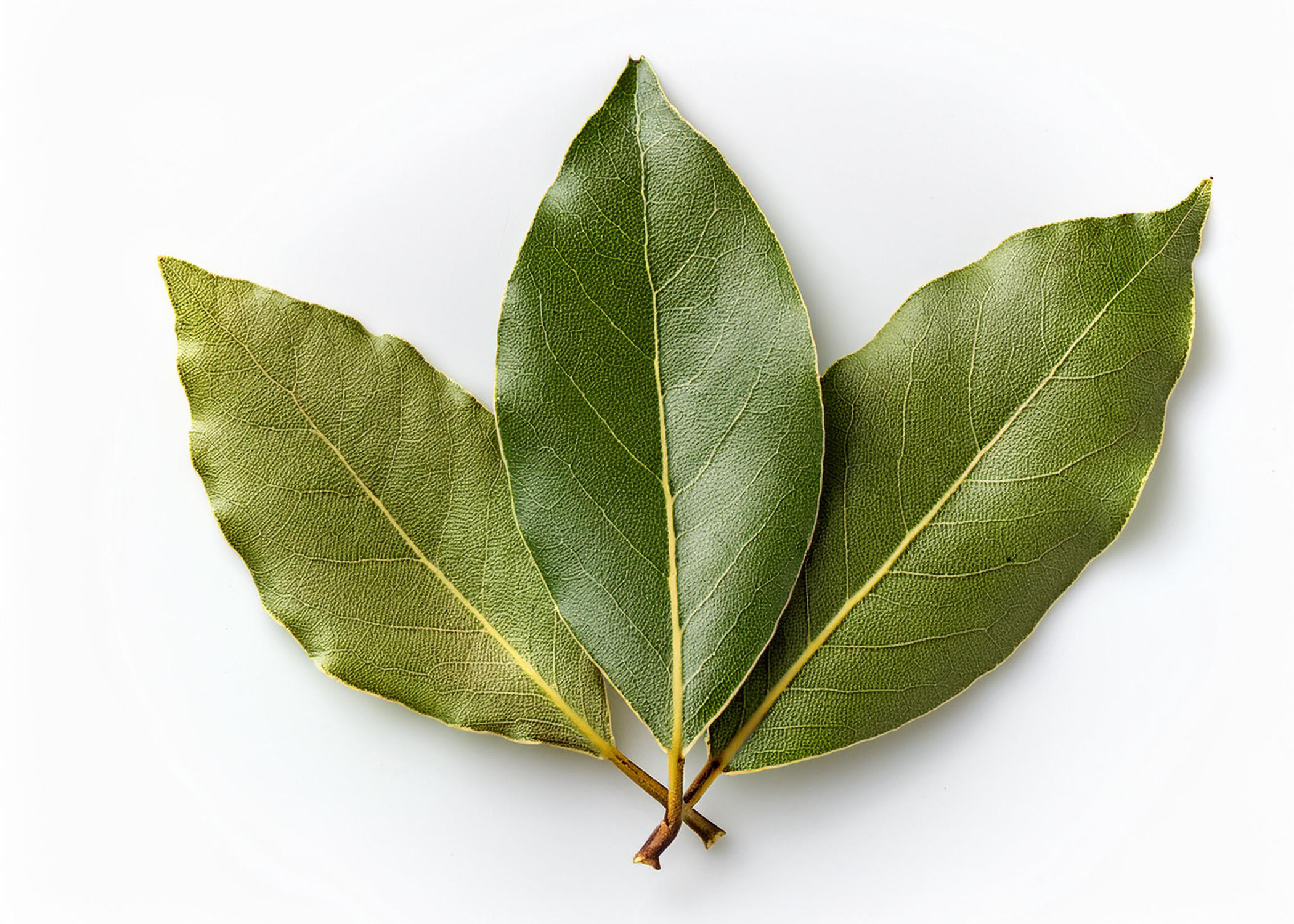Botanical Name: Laurus nobilis
Bay Leaves are the backup singers of the spice world. They get ignored and discarded after performances. Brighter, louder spices easily outshine them. Yet, we know something is missing if they’re not there.
Growing up, I remember my mother grabbing a tiny box of them from the cupboard. The battered box looked inherited. And the dusty leaves inside looked older. When I bugged her about them, she admitted that she wasn’t sure what they added as she ritually chucked a few into the soup.
Bay Leaves, derived from the Laurus nobilis tree, are an essential herb in kitchens worldwide, prized for their subtle yet complex flavor. Often used whole and removed before serving, bay leaves are known for their ability to enhance and deepen the flavors of soups, stews, sauces, and braises. With a history rooted in ancient Mediterranean cultures, they have become a cornerstone of global culinary traditions.
The flavor of Bay Leaves is delicate and nuanced, adding earthy, herbal notes with hints of floral, minty, and slightly peppery undertones. Their oils are released when simmered in liquid-based dishes, infusing the dish with a background complexity that rounds out bolder flavors. While not meant to be eaten whole due to their tough texture, their presence is unmistakable in the aroma and taste of a well-prepared dish.
Bay Leaves are a foundational ingredient in many cuisines. In French cooking, they are a key component of bouquet garni, a bundle of herbs used to flavor stocks, soups, and sauces. They are indispensable in Italian marinara sauces and ragùs, where their earthy notes balance the acidity of tomatoes.
In Indian cuisine, Bay Leaves are often added to rice dishes like biryani and pilaf, as well as curries and lentils, complementing the robust flavors of spices like cumin, cinnamon, and clove. Middle Eastern and North African dishes frequently incorporate bay leaves in stews and tagines to enhance the depth of slow-cooked meats and vegetables.
Bay Leaves are also used in pickling brines, where they add subtle spice, and in broths for poaching seafood or poultry. A single leaf can elevate the flavor profile of grains, legumes, and even desserts, such as custards or poached fruits, when paired with warm spices like cinnamon and vanilla.

